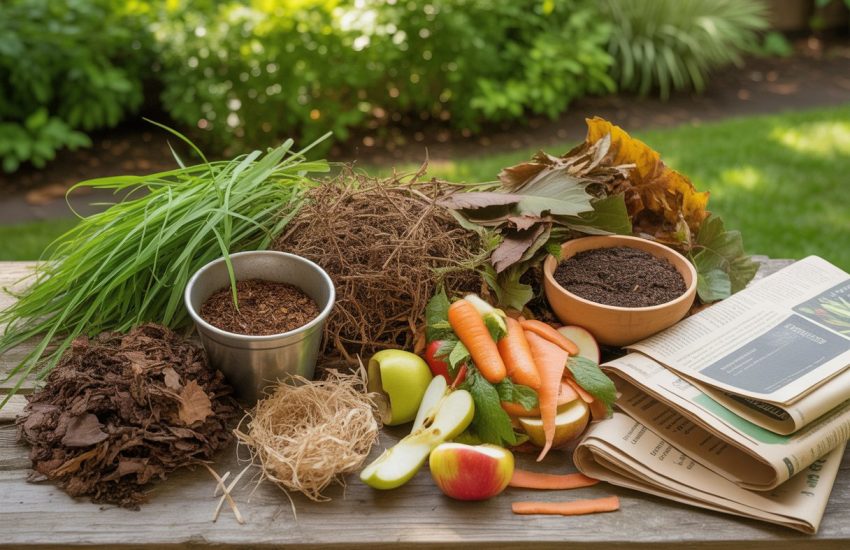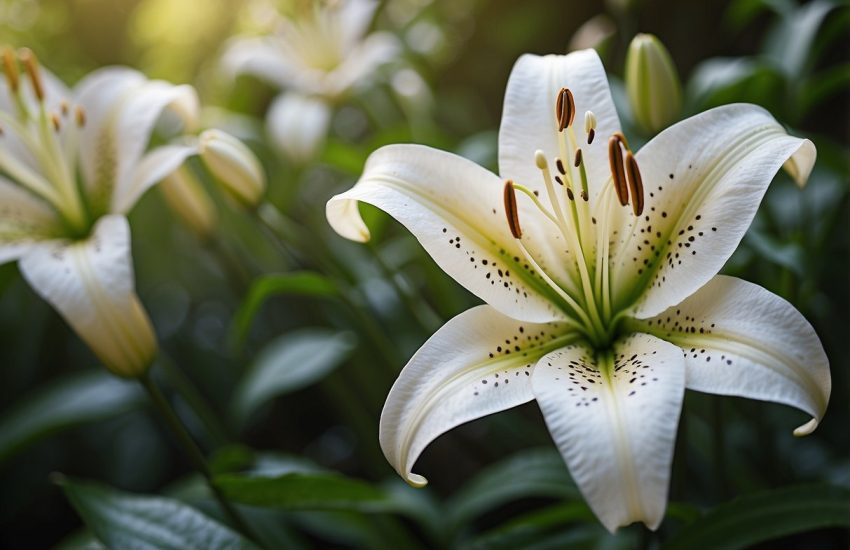When to Fertilize Viburnum in Missouri Best Practices for Healthy Growth and Blooming
Viburnum plants love the right fertilizer at the right time, especially in Missouri’s unpredictable climate. When you fertilize properly, you’re setting your shrubs up for healthy growth and those vibrant blooms everyone wants.
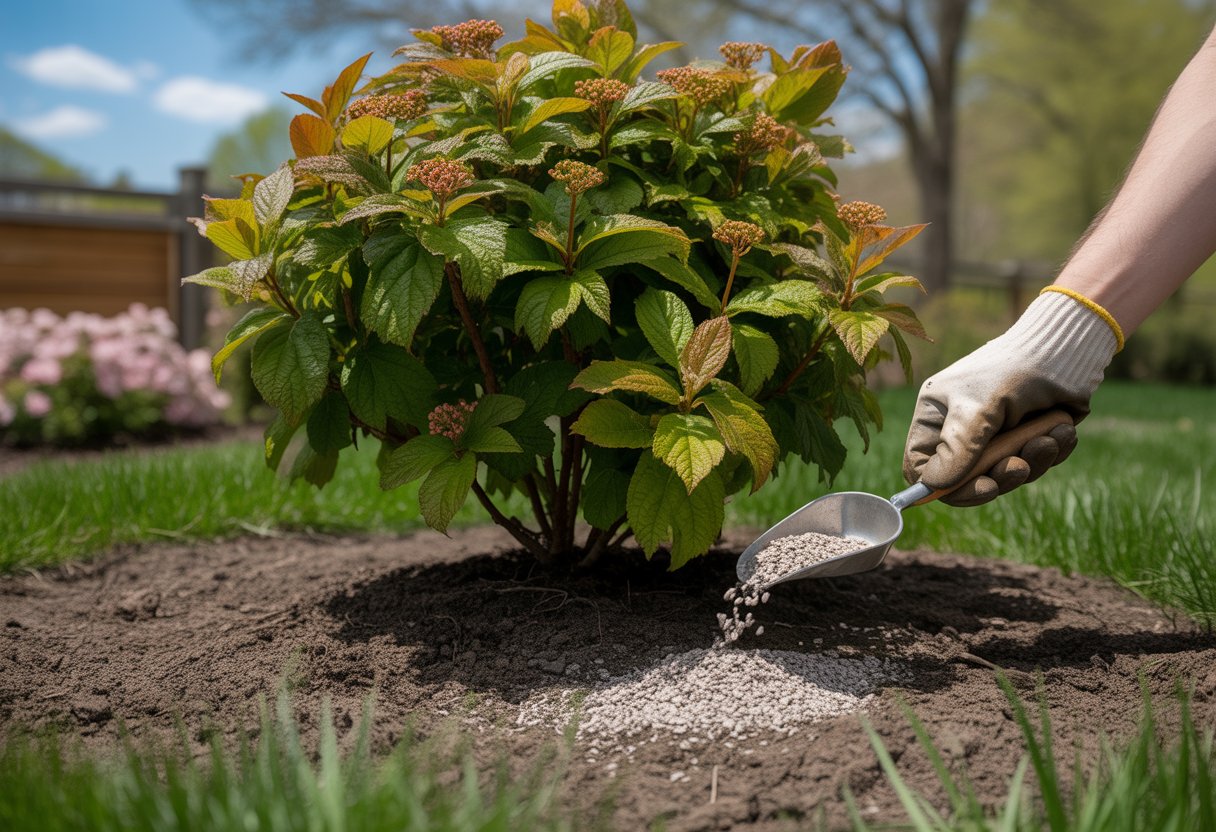
The best time to fertilize viburnum in Missouri is early spring, just as new growth starts, and again in late fall to help the plant get ready for winter. These windows give your viburnum the nutrients it craves right when it needs them.
Understanding the timing helps you avoid overdoing it or stressing your plants. Knowing when to feed viburnum really sets up a strong, healthy shrub for the whole year.
Optimal Timing for Fertilizing Viburnum in Missouri
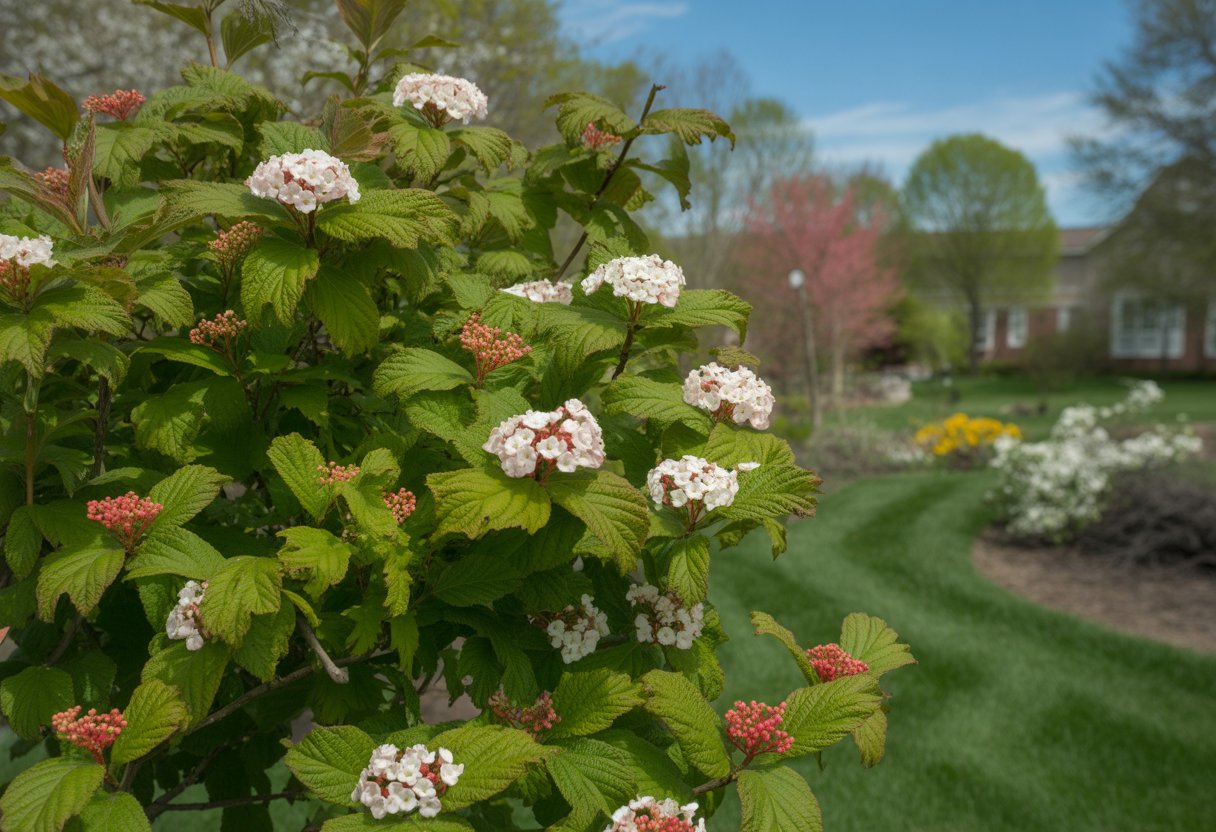
Timing matters. Fertilizing at the right moment boosts growth and flowers—and helps you avoid wasting nutrients.
If you garden in Missouri, focus on those key windows in spring and fall. They line up with when your viburnum is either waking up or winding down.
Spring Fertilization Guidelines
Spring is when viburnum really wakes up and starts growing fast. The Missouri Botanical Garden suggests a balanced, slow-release fertilizer when new leaves show up—usually late March or early April.
Try a fertilizer with an N-P-K like 10-10-10 or 14-14-14 for a steady nutrient supply. Spread it evenly around the roots and keep it off the stems to avoid burning them.
Water the area after fertilizing so nutrients soak in. Past early May, skip the fertilizer—too much nitrogen can make your plant leafy but not very showy.
Fall Fertilization Considerations
In fall, go easy on the fertilizer. Focus on promoting root development and winter hardiness.
September through mid-October is your window. Choose something lower in nitrogen but higher in phosphorus and potassium, like 5-10-10, to help roots get strong.
Skip heavy nitrogen—tender new growth won’t survive frost. Try to finish fall fertilizing at least six weeks before Missouri’s first frost, which usually hits around mid-November.
Understanding Soil and Nutrient Needs
Soil conditions and nutrients matter a lot when you’re fertilizing viburnum. If you get the soil right, you’ll avoid overdoing it and keep your plants happy.
You’ll want to check things like soil chemistry, pH, and what nutrients are actually available to the roots.
Conducting a Soil Test
A soil test gives you the details on what’s in your dirt. In Missouri, grab samples from different spots near your viburnum, mix them up, and send them in.
Labs will check for big nutrients like nitrogen, phosphorus, and potassium. They’ll also look for the little guys—micronutrients that matter for viburnum.
The report tells you what your soil has and what it’s missing, so you don’t guess with fertilizer. Testing every 2-3 years, or before planting new shrubs, helps you catch problems early.
Importance of Soil pH
Soil pH makes a big difference in how well viburnum can grab nutrients. Aim for a pH between 5.5 and 6.5—that’s mildly acidic, and viburnum likes it there.
If your soil is too acidic or too alkaline, important nutrients like iron and phosphorus get locked up. To fix pH, add lime to raise it or sulfur to lower it, based on your soil test.
It’s worth checking pH regularly, especially since Missouri soils can be all over the place.
Balancing Nutrients for Viburnum
Viburnum needs a good balance—nitrogen for leaves, phosphorus for roots, and potassium for overall health. Too much nitrogen? You’ll get lots of leaves but not many flowers.
Pick a fertilizer made for shrubs or even one labeled for viburnum to get the right mix. Slow-release options work best and help avoid washing nutrients away in Missouri’s rain.
Keep an eye on micronutrients like magnesium and iron. If your soil test says you’re low, add what’s needed. Spring is the best time to fertilize, matching when the plant starts growing.
Choosing the Best Fertilizer for Viburnum
Picking the right fertilizer really matters for viburnum. The type you use shapes how your shrub grows, blooms, and stays healthy.
Selecting Organic Fertilizer Options
Organic fertilizers work slowly and help the soil, not just the plant. Stuff like composted manure, bone meal, or fish emulsion gives nutrients without burning roots.
They break down over time, so you don’t have to reapply as often. Missouri’s clay soils especially benefit from extra organic matter—it helps with drainage and lets roots breathe.
In early spring, spread a 2-3 inch layer of compost or organic fertilizer around the base. Keep it away from the stems, though.
Nitrogen Requirements
Nitrogen drives leafy growth in viburnum. Go for a balanced fertilizer—something like a 10-10-10 NPK ratio works well.
Don’t overdo it, or you’ll get lots of leaves and not many flowers. Granular nitrogen in early spring is enough for steady growth.
If you want, add a little more in late spring or early summer, but don’t push it. Slow-release nitrogen is a smart choice, especially when Missouri’s weather turns wet and unpredictable.
Maintaining Healthy Viburnum Plants in Missouri
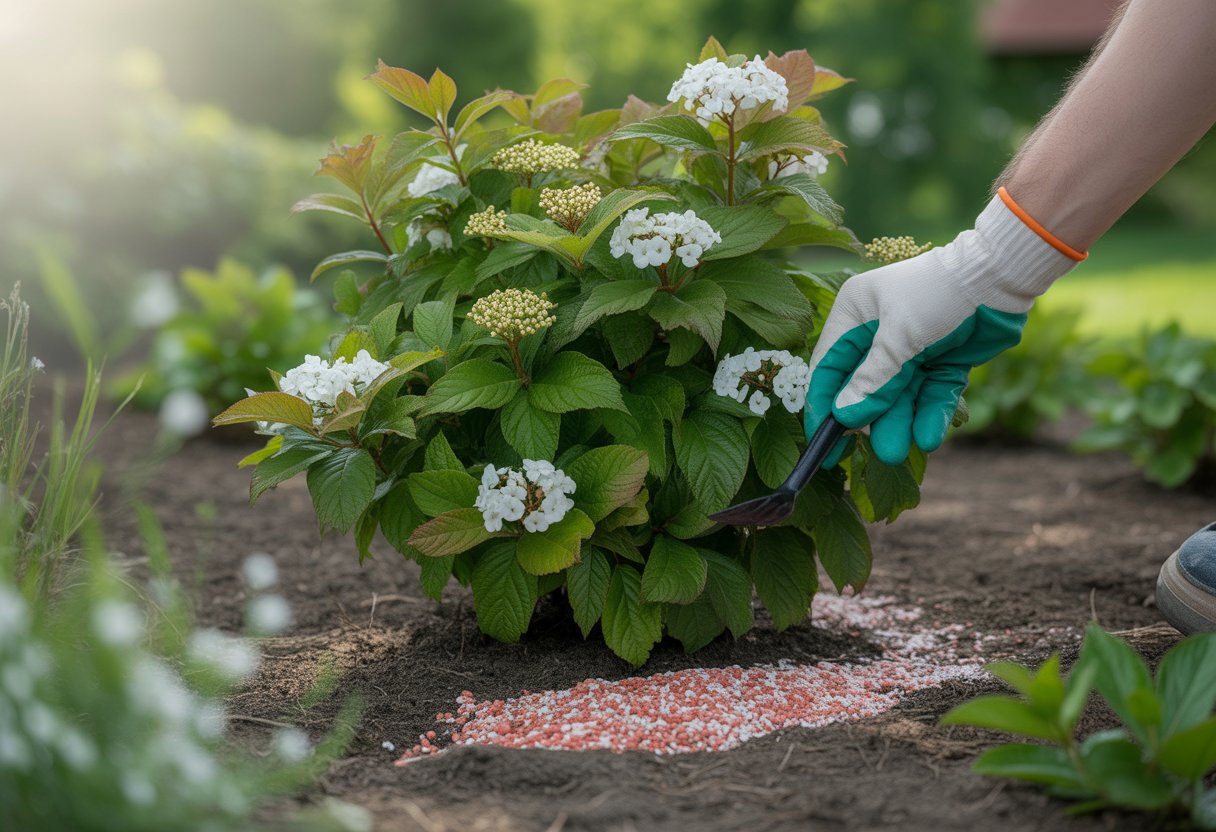
Good nutrition and care keep viburnum shrubs strong and productive. If you stick to a solid fertilizing schedule, you’ll see better growth and maybe even more berries on perennial varieties.
Fertilizing Perennial Varieties
Perennial viburnum does best with fertilizer twice a year: once in early spring, and again in late summer. A balanced fertilizer—10-10-10 or 12-12-12—supports both leaves and roots.
Spread the fertilizer out to the drip line, not just at the trunk. Work it lightly into the soil and water well so you don’t scorch the leaves.
Don’t go overboard—too much fertilizer means more leaves, fewer flowers and berries. Compost or well-rotted manure is a great organic option for slow, steady feeding.
Mulch around the shrubs to hold moisture and feed the soil as it breaks down. It’s a simple trick, but it makes a difference.
Encouraging Flower and Berry Production
If you want more flowers and berries, sunlight and steady moisture really matter. Viburnum does best in Missouri when it gets partial to full sun—shade just doesn’t cut it for big blooms.
Prune right after the flowers fade. This clears out dead wood and pushes the plant to send up new shoots that’ll carry berries next year.
Try adding a phosphorus-rich fertilizer in early spring. That little boost can help the flowers along.
Honestly, a mix of decent soil, regular watering, and the right fertilizer goes a long way if you’re hoping for a good berry crop on these shrubs.

